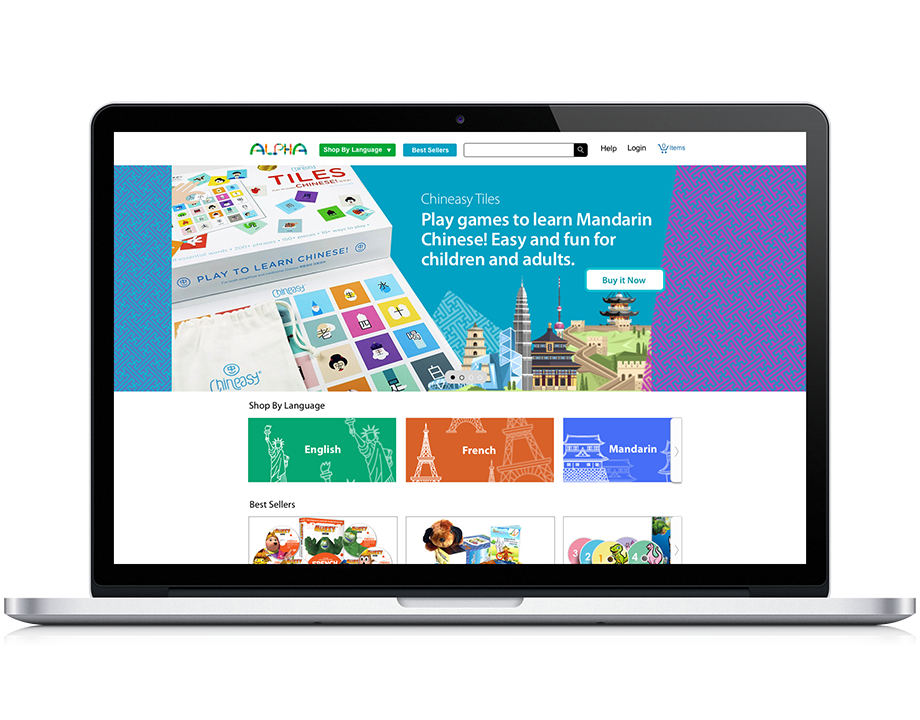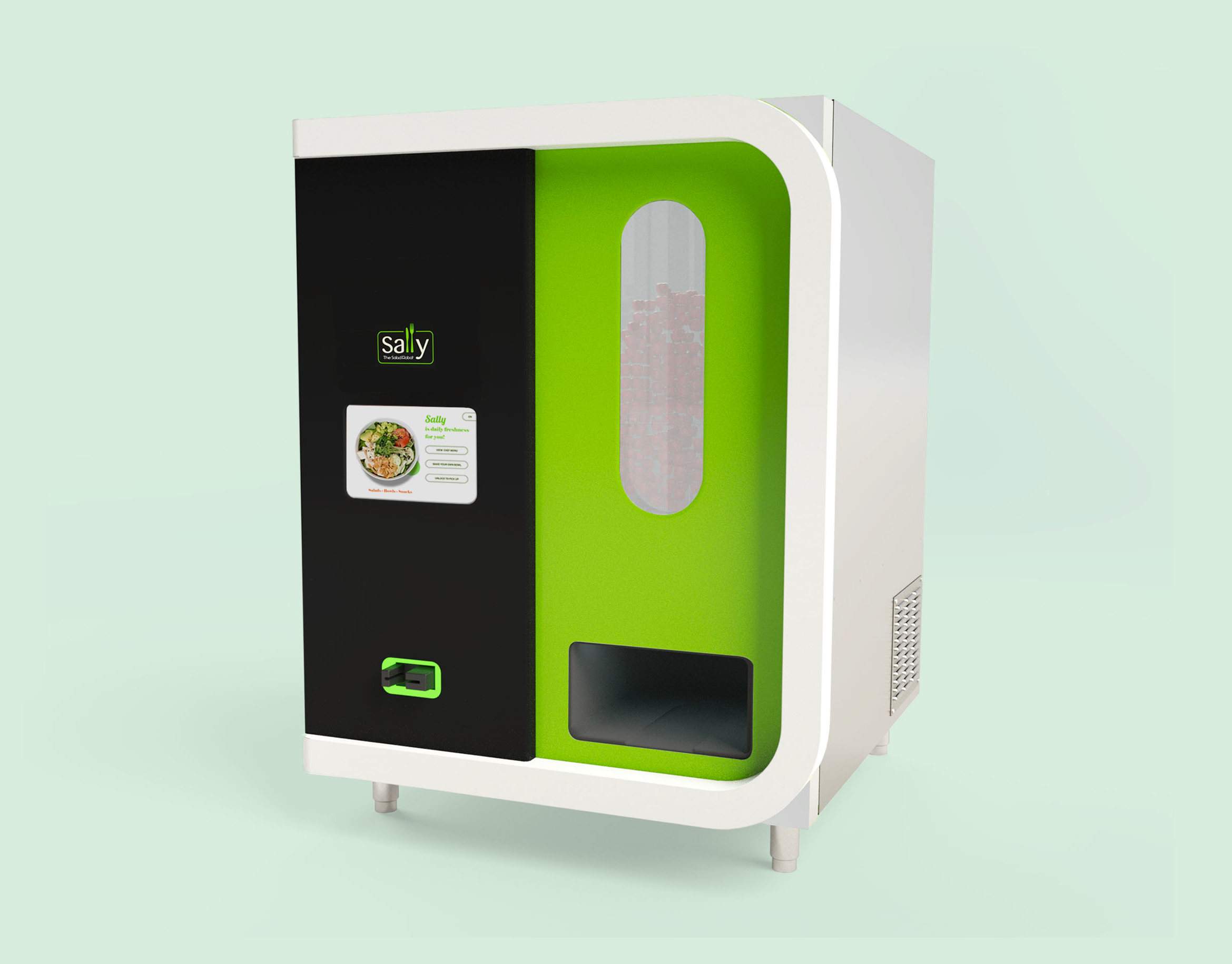Overview
In Mexico and Latin America, access to premium and exclusive products is often limited by high costs, unreliable sellers, and long delivery times. Many consumers resort to expensive resellers or risky unofficial marketplaces to find the products they love.
Tequi was created during a hackathon to change this. It’s a group-buying e-commerce platform that connects like-minded shoppers, allowing them to access exclusive, hard-to-find products at better prices through collective purchasing. By leveraging community-driven shopping, Tequi streamlines logistics, builds trust, and transforms the way premium goods reach consumers in the region.
Product designer responsible for:
• Maintain communication with engineers and users.
• Guide to define the attributes of the new brand and transfer them to a unique image.
• Understanding the context of the user researching and identifying opportunities to create a success UX.
• Wireframing multiple sketches exploring new scenarios.
The challenge
Introducing group-buying to Mexico and Latin America means overcoming trust barriers, logistical hurdles, and consumer skepticism. Many shoppers are unfamiliar with the model, hesitant about wait times, and cautious of online marketplaces. Tequi must build credibility, streamline operations, and create an engaging, community-driven shopping experience to make premium products more accessible.
Kickoff - Starting point
Uncovering the need for Tequi
When I began working on Tequi, my goal was to understand if group buying could offer real value to premium shoppers in Mexico and Latin America. I wanted to know if consumers faced barriers in accessing high-end products and if they were open to a collective purchasing experience. To gain deeper insights, I conducted extensive interviews and surveys with 10 premium shoppers, exploring their shopping habits, trust in new models, and openness to group buying.
Additionally, I delved into the demographics of my target audience tech-savvy individuals between the ages of 25-45 with a higher disposable income who are willing to invest in unique, premium products.
Translating research into insights
Trust is everything
Consumers were intrigued by group buying but hesitant to commit without clear guarantees on authenticity, secure payments, and reliable delivery. Transparency in the process was a must.
Exclusivity drives action
The idea of gaining access to hard-to-find products at better prices was a strong motivator. If they felt they were part of something unique, they were more likely to try the model.
Patience has limits
While users were open to waiting for discounts, they needed clear communication on timelines. Uncertainty or long delays could turn them away.
Community matters
Consumers weren’t just looking for products—they wanted a space to share recommendations, discuss brands, and feel connected to like-minded shoppers.
Competitive Analysis
With a clear understanding of my target audience, I turned my attention to the competitive landscape. I explored existing platforms to understand how they were addressing the key elements of trust, exclusivity, and user engagement. This analysis helped me identify gaps in the market and revealed a clear opportunity for Tequi to offer a more compelling, user-centered experience.
Key Insights
Based on these findings, several key opportunities for Tequi emerged. These insights not only highlighted areas where Tequi could differentiate itself but also outlined actionable strategies to better meet the needs of Latin American consumers.
1. Build Local Trust through verified reviews, partnerships with influencers, and clear communication on product authenticity.
2. Create Exclusivity with limited-time drops, VIP access, and local collaborations tailored to regional tastes.
3. Leverage Community-Driven Shopping with group-buying features, social sharing, and local hobbyist-driven communities.
4. Focus on Affordable and Flexible Shipping/Return Policies to build confidence in online purchases.
5. Create Urgency through flash sales, exclusive pre-sales, and countdown promotions to drive FOMO.
6. Personalize user experiences based on behavior, interests, and regional trends to ensure customers feel valued.
7. Use Localized Content and marketing strategies that resonate with Latin American consumers, using influencers and targeted campaigns.
Crafting solutions: Turning Insights in to action
With a clear understanding of the competitive landscape, I moved into the ideation phase. I focused on addressing key pain points like product access, trust, and shipping complexities.
Designing the user Journey
I started sketching out what the experience could feel like. I visualized each step of the user’s path from the moment they land on Tequi to the thrill of joining a group purchase. Using diagrams and wireframes, I translated their motivations and behaviors into a flow that felt intuitive and trustworthy.
Brand Identity & Design styles
After defining the strategy and user journey, I focused on creating a visual identity that would resonate with Tequi’s target audience. I developed a cohesive design system that reflected the brand’s values of trust, exclusivity, and community. The style guide, including logo, colors, and typography, ensured a seamless and authentic experience across the platform, aligning with the needs and expectations of Tequi’s users.
First Digital Design Views
With the wireframes and workflows in place, I transitioned to the digital design phase. Here, I brought the brand identity to life by translating the wireframes into high-fidelity visuals. The design focuses on clarity, ease of navigation, and seamless user interaction, all while maintaining the brand’s core values of trust, exclusivity, and community. This first iteration of the design sets the foundation for user testing and refinement.
Validating the Product Experience with Users
Before moving into more high-fidelity designs details, I wanted to test if the product page experience really worked for my users.
Could they easily find what they needed?
Could they trust the product enough to buy it?
To answer these questions, I designed an A/B Test focused on the product detail page.
A/B test goals
• Help users navigate easily and complete a purchase of a single item.
• Ensure users can quickly access reviews, comments, and relevant product information.
• Test how content organization and visual hierarchy could motivate purchase intent.
Results and Findings
Reflections & Learnings
Working on Tequi challenged me to go beyond just designing an e-commerce platform. It was about designing trust, connection, and cultural relevance for a very specific market.
• I learned how essential it is to deeply understand not only user behaviors but also local nuances like shipping habits, trust barriers, and the social aspect of shopping in Latin America.
• Testing different product layouts taught me the importance of clear, intuitive design. Every element, from product information to reviews, needed to guide users effortlessly to the purchase decision while keeping them engaged and informed.
• This project also reinforced the value of balancing exclusivity with accessibility, finding that sweet spot where premium feels approachable, not intimidating.



